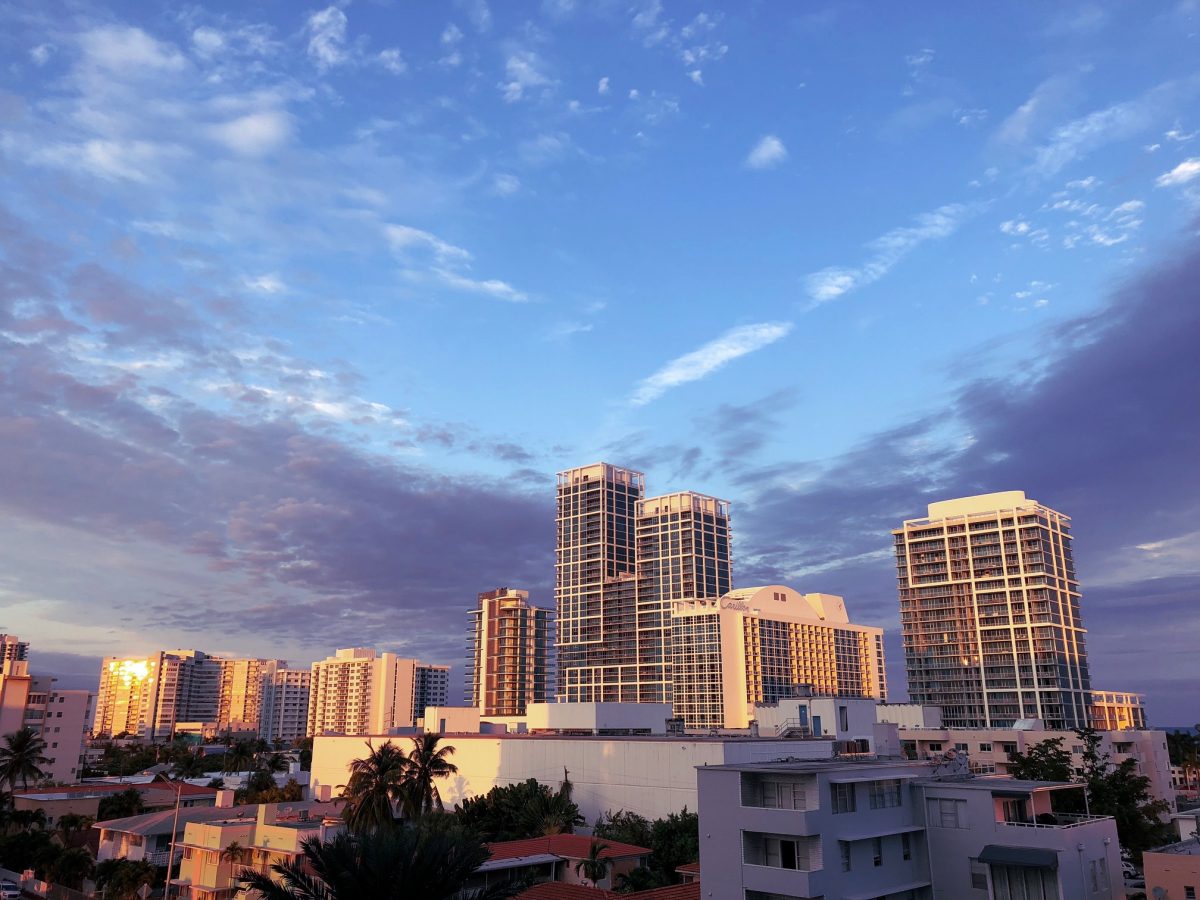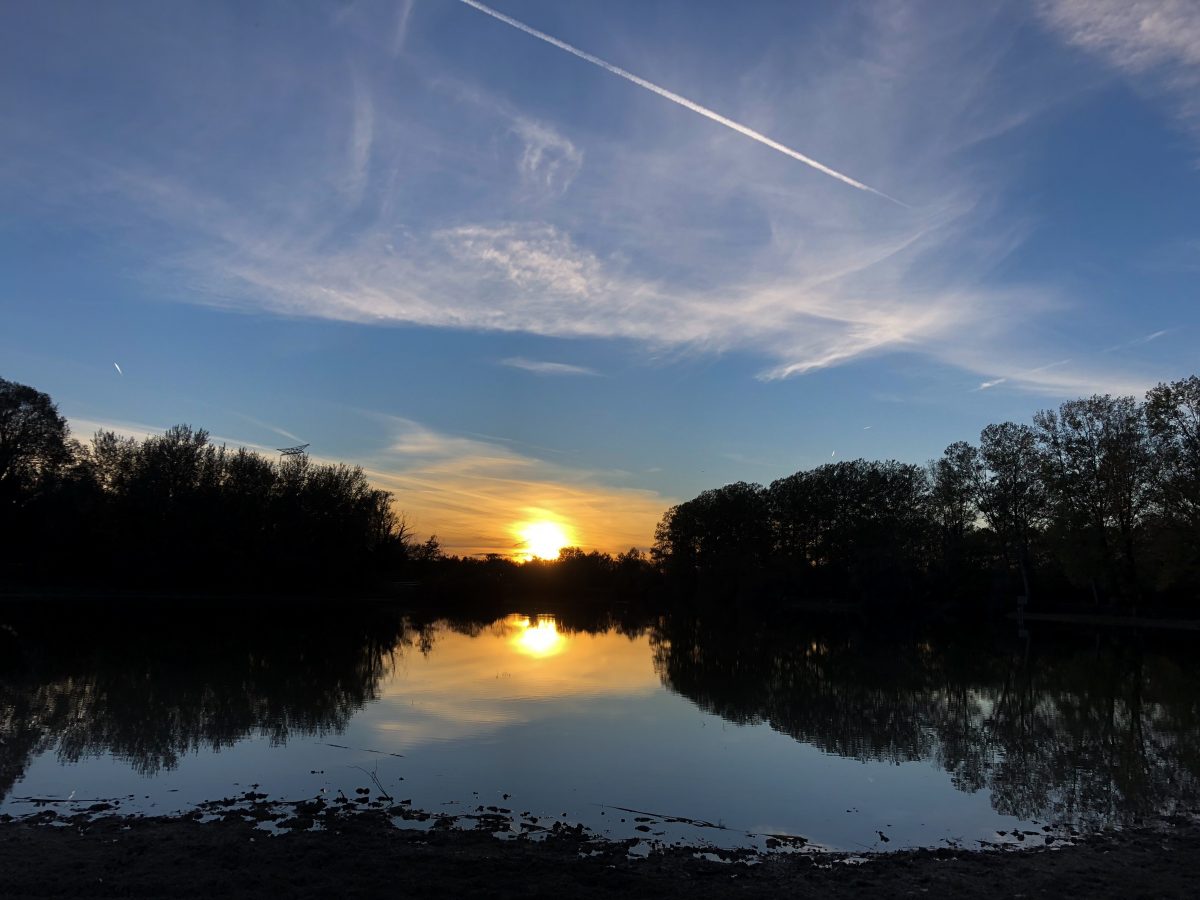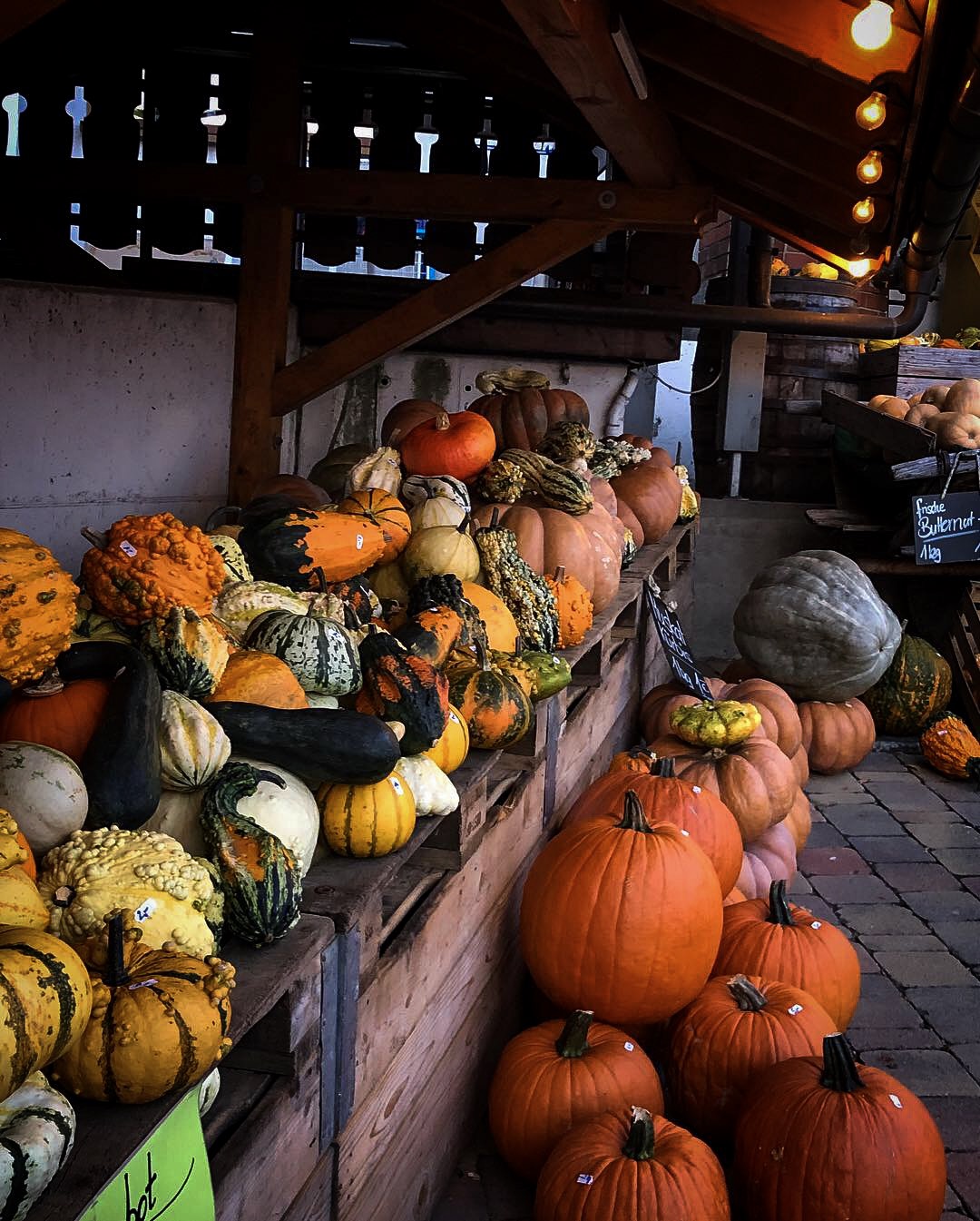Christmas has become more than a holiday—it’s a state of mind, it’s a multi-billion dollar industry, it’s a celebration that lasts for some people from the end of November until the end of December. It’s celebrated in some incarnation all across the world. Some local news stations in America even have a “Santa tracker” on Christmas Eve. This holiday has a long history, and the modern concept of Christmas has evolved out of various traditions.
The Winter Solstice— often referred to as Yule in various pagan traditions— has long been celebrated. This day marks the longest night of the year, and was celebrated as the beginning of the end of the darkest parts of winter. In Rome, the festival of Saturnalia also occurred around this time, and consisted of much feasting and partying.
It was around the fourth century when the Christian church decided to take advantage of the festivities of this time of the year, and dedicated December 25th as the birth day of Jesus. (It’s unlikely just a coincidence that the birth of a Roman deity named Mithras was also said to take place on December 25th, for which there was a festival held in parts of the Roman Empire.)
As with Easter, Christmas became a Christianized holiday, built on the bones of pagan traditions. By the Middle Ages, the holiday was a part of societies across Europe. This tradition was temporarily dampened in the 17th century by Oliver Cromwell, who, being a Puritan, attempted to abolish Christmas. Of course this didn’t last long, and the holiday was brought back to its newfound Christian glory. It also faced some obstacles when arriving in America, but found its footing by the 1800s, which was partially led along by the written works of Washington Irving and Charles Dickens (think The Christmas Carol).
Christmas is now celebrated in many different ways. In Europe, Christmas markets full of goodies and crafts are popular during the holiday season. In America, the commercial frenzy begins the day after Thanksgiving and stretches until the end of December. Most countries have their own interpretations of the holiday as well. Some of my favorite renditions of the Christmas holiday come from Catalonia— which involves the personification of a log whom you feed throughout the month and the climax of which includes hitting the log with sticks, singing a sort of carol, and then receiving gifts in return (there’s more to this but it would take some time to explain)— and Iceland— where, to my understanding, Christmas Eve is dedicated to books and chocolate.
No matter how it’s celebrated, Christmas is a great excuse to spend time with family, eat delicious foods, and veg out on the couch in your pajamas all day. Wishing you all a wonderful— if belated— holiday season!










